-
 Bitcoin
Bitcoin $118700
0.18% -
 Ethereum
Ethereum $4207
-0.08% -
 XRP
XRP $3.137
-1.21% -
 Tether USDt
Tether USDt $0.0000
-0.01% -
 BNB
BNB $802.0
0.16% -
 Solana
Solana $174.9
-4.66% -
 USDC
USDC $0.0000
0.01% -
 Dogecoin
Dogecoin $0.2240
-3.41% -
 TRON
TRON $0.3443
1.62% -
 Cardano
Cardano $0.7730
-2.77% -
 Hyperliquid
Hyperliquid $43.29
-3.27% -
 Chainlink
Chainlink $21.13
-3.66% -
 Stellar
Stellar $0.4295
-2.58% -
 Sui
Sui $3.652
-4.60% -
 Bitcoin Cash
Bitcoin Cash $577.8
1.67% -
 Hedera
Hedera $0.2453
-4.42% -
 Ethena USDe
Ethena USDe $1.001
-0.01% -
 Avalanche
Avalanche $22.85
-3.28% -
 Litecoin
Litecoin $120.4
-2.94% -
 Toncoin
Toncoin $3.367
1.48% -
 UNUS SED LEO
UNUS SED LEO $8.979
-0.56% -
 Shiba Inu
Shiba Inu $0.00001294
-4.04% -
 Uniswap
Uniswap $11.03
1.68% -
 Polkadot
Polkadot $3.856
-4.18% -
 Dai
Dai $1.000
0.00% -
 Cronos
Cronos $0.1654
2.16% -
 Ethena
Ethena $0.7810
0.70% -
 Monero
Monero $272.9
2.11% -
 Bitget Token
Bitget Token $4.397
-0.88% -
 Pepe
Pepe $0.00001124
-5.87%
MetaMask prompts signature risks? Identify the authenticity of security warnings
When using MetaMask, always review signature request details carefully to avoid phishing and ensure the authenticity of security warnings for your digital asset safety.
May 18, 2025 at 05:07 am
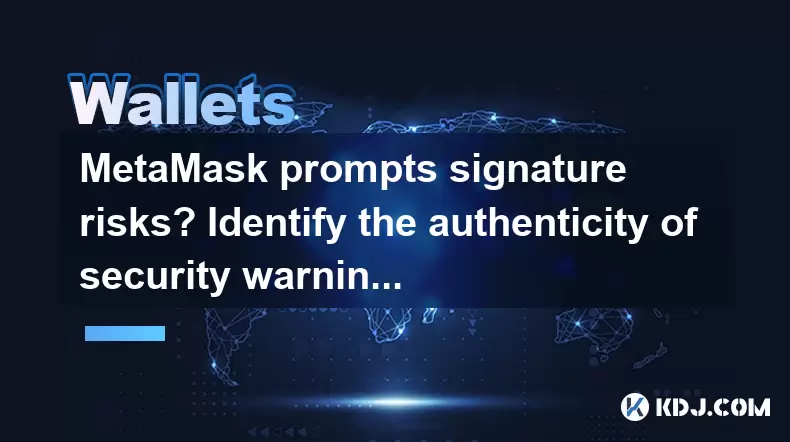
When using MetaMask, a popular Ethereum wallet, users often encounter various security warnings and signature requests. Understanding the authenticity of these warnings is crucial for maintaining the security of your digital assets. This article delves into the nature of MetaMask's signature risks and how to identify genuine security warnings.
Understanding MetaMask Signature Requests
MetaMask is designed to interact with decentralized applications (dApps) on the Ethereum blockchain. When you connect to a dApp, you may be prompted to sign a message or transaction. These signature requests are essential for verifying your identity and authorizing actions on your behalf. However, they also pose potential risks if not handled carefully.
A signature request typically appears as a pop-up window within the MetaMask interface. It will display the details of the action you are about to authorize, such as the recipient address, the amount of cryptocurrency involved, and the gas fee. It's crucial to review these details carefully before proceeding.
Identifying Genuine Security Warnings
Genuine security warnings from MetaMask are designed to protect users from potential threats. These warnings may appear when you are about to interact with a dApp or sign a transaction that could be risky. Here are some characteristics of authentic MetaMask security warnings:
- Clear and Concise Language: Genuine warnings will use straightforward language to explain the potential risk.
- Specific Details: They will provide specific details about the action you are about to take, such as the contract address or the nature of the transaction.
- Official MetaMask Interface: The warning will appear within the official MetaMask interface, not as a separate pop-up or external website.
Common Types of Signature Risks
There are several types of signature risks that users may encounter when using MetaMask. Understanding these risks can help you make informed decisions:
- Phishing Attacks: Malicious actors may create fake dApps or websites that mimic legitimate ones. When you connect your MetaMask wallet to these sites, you may be prompted to sign a message that could compromise your private keys.
- Unverified Contracts: Some dApps may request you to interact with smart contracts that have not been verified or audited. Signing transactions with these contracts can lead to unintended consequences.
- High Gas Fees: Sometimes, a dApp may request you to sign a transaction with an unusually high gas fee. This could be an attempt to drain your wallet or exploit network congestion.
How to Verify the Authenticity of a Signature Request
To ensure the authenticity of a signature request, follow these steps:
- Check the URL: Before connecting your wallet to a dApp, ensure that the URL is correct and secure. Look for the HTTPS protocol and verify the domain name.
- Review Transaction Details: Carefully review the details of the transaction or message you are about to sign. Ensure that the recipient address, amount, and gas fee are as expected.
- Use the MetaMask Security Features: MetaMask includes several security features, such as the ability to view the contract code and check the transaction history. Utilize these features to verify the legitimacy of the request.
- Consult the MetaMask Community: If you are unsure about a signature request, consult the MetaMask community forums or official support channels. Other users may have encountered similar requests and can provide valuable insights.
Best Practices for Handling Signature Requests
To minimize the risks associated with signature requests, follow these best practices:
- Always Double-Check: Before signing any transaction or message, double-check the details to ensure they align with your intentions.
- Use Hardware Wallets: Consider using a hardware wallet in conjunction with MetaMask for an added layer of security. Hardware wallets store your private keys offline, reducing the risk of them being compromised.
- Keep Software Updated: Ensure that your MetaMask software and browser are up to date. Updates often include security patches that can protect you from known vulnerabilities.
- Educate Yourself: Stay informed about common scams and phishing techniques. The more you know, the better equipped you will be to identify and avoid potential threats.
Recognizing Phishing Attempts
Phishing attempts are a common method used by attackers to trick users into signing malicious transactions. Here are some signs that a signature request might be a phishing attempt:
- Urgency: Phishing attempts often create a sense of urgency, pressuring you to sign the transaction quickly.
- Unusual Requests: If the request asks you to sign a message or transaction that seems unusual or out of context, it could be a phishing attempt.
- Suspicious URLs: Always check the URL of the dApp you are interacting with. Phishing sites may use similar-looking domain names to deceive users.
Protecting Your MetaMask Wallet
Protecting your MetaMask wallet involves more than just understanding signature risks. Here are some additional steps you can take to enhance your security:
- Enable Two-Factor Authentication (2FA): If available, enable 2FA on your MetaMask account to add an extra layer of security.
- Use Strong Passwords: Use a strong, unique password for your MetaMask wallet and change it regularly.
- Backup Your Seed Phrase: Safely store your seed phrase in a secure location. Never share it with anyone or enter it on a website.
- Monitor Your Transactions: Regularly review your transaction history to detect any unauthorized activity.
Frequently Asked Questions
Q: Can I trust all signature requests from MetaMask?
A: No, not all signature requests are trustworthy. Always review the details of the request and ensure it aligns with your intentions. If in doubt, do not sign the request and seek further information.
Q: What should I do if I accidentally sign a malicious transaction?
A: If you suspect you have signed a malicious transaction, immediately disconnect your wallet from the dApp, change your password, and monitor your account for any unauthorized activity. Consider reaching out to MetaMask support for further assistance.
Q: How can I verify the authenticity of a dApp before connecting my wallet?
A: To verify the authenticity of a dApp, check the URL for any signs of phishing, research the dApp on reputable sources, and look for user reviews and ratings. Additionally, ensure the dApp is listed on official platforms like the Ethereum dApp directory.
Q: Are there any tools or extensions that can help me identify phishing attempts?
A: Yes, there are several tools and browser extensions designed to help identify phishing attempts. For example, MetaMask itself includes phishing detection features, and extensions like PhishFort can provide additional protection by warning you about known phishing sites.
Disclaimer:info@kdj.com
The information provided is not trading advice. kdj.com does not assume any responsibility for any investments made based on the information provided in this article. Cryptocurrencies are highly volatile and it is highly recommended that you invest with caution after thorough research!
If you believe that the content used on this website infringes your copyright, please contact us immediately (info@kdj.com) and we will delete it promptly.
- Dogecoin's Rally Pause: Bullish Structure Still Intact?
- 2025-08-12 04:50:12
- Whales, Altcoins, and Accumulation: What's the Hype?
- 2025-08-12 04:55:16
- Floki's Valhalla: From Viking Raids to Mainstream MMORPG Domination
- 2025-08-12 05:10:12
- Do Kwon, Terra LUNA, and Lunar Horizons: A Tale of Trials and Tribulations
- 2025-08-12 04:30:12
- Bitcoin, Wealth Protection, and Economies: A Modern Financial Safety Net
- 2025-08-12 04:30:12
- INJ ETF, Crypto Future, and Uncertainty: Navigating the Murky Waters
- 2025-08-12 02:50:12
Related knowledge
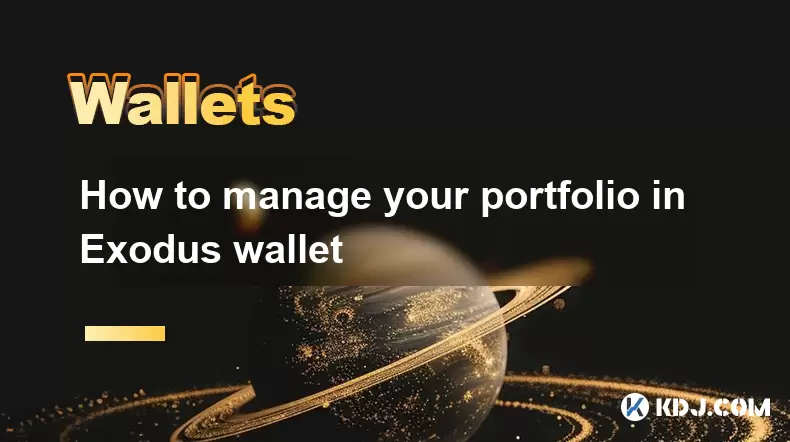
How to manage your portfolio in Exodus wallet
Aug 08,2025 at 10:07pm
Understanding the Exodus Wallet InterfaceThe Exodus wallet is a non-custodial cryptocurrency wallet that supports a wide range of digital assets. When...
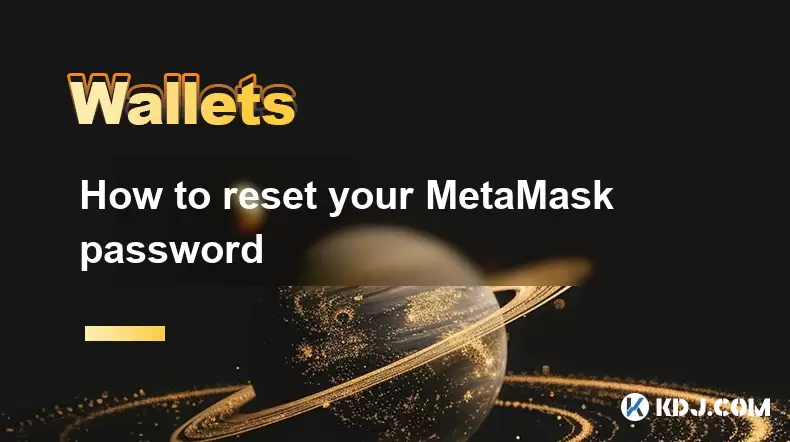
How to reset your MetaMask password
Aug 08,2025 at 01:28pm
Understanding the MetaMask Password Reset ProcessMany users confuse the MetaMask password with the seed phrase or private key, but they serve differen...
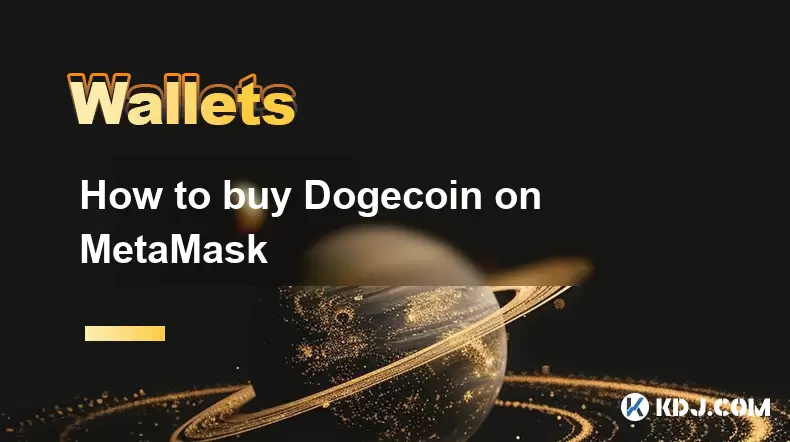
How to buy Dogecoin on MetaMask
Aug 08,2025 at 03:42am
Understanding Dogecoin and MetaMask CompatibilityDogecoin (DOGE) is a popular meme-based cryptocurrency that operates on its own blockchain, originall...
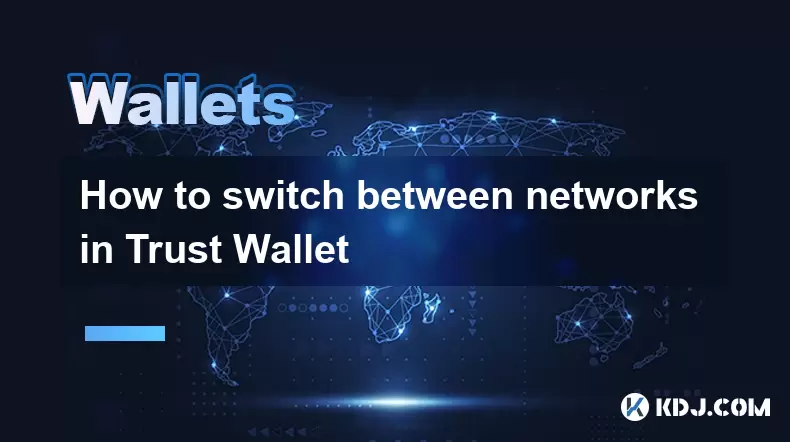
How to switch between networks in Trust Wallet
Aug 09,2025 at 11:07am
Understanding Network Switching in Trust WalletSwitching between networks in Trust Wallet allows users to manage assets across different blockchains, ...
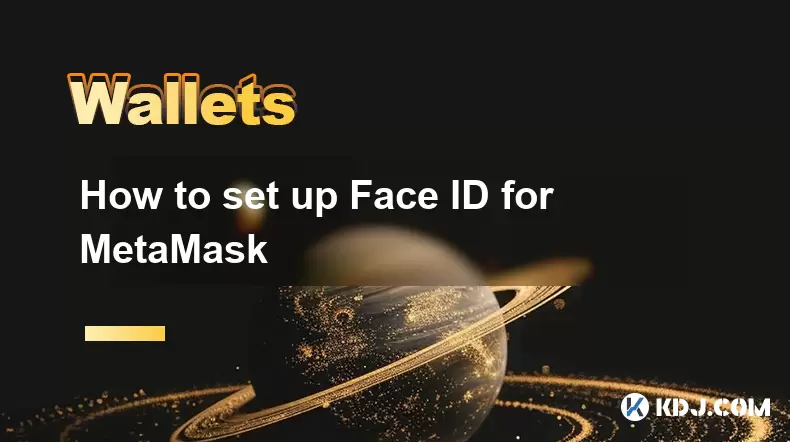
How to set up Face ID for MetaMask
Aug 12,2025 at 02:42am
Understanding Face ID and Its Role in MetaMask SecurityMetaMask is a widely used cryptocurrency wallet that allows users to interact with the Ethereum...
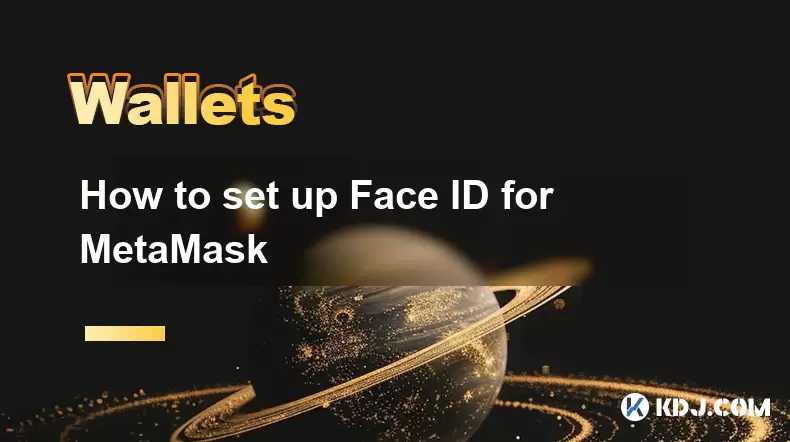
How to set up Face ID for MetaMask
Aug 11,2025 at 09:28am
Understanding Face ID and Its Role in MetaMask SecurityFace ID is a biometric authentication system developed by Apple that uses facial recognition to...

How to manage your portfolio in Exodus wallet
Aug 08,2025 at 10:07pm
Understanding the Exodus Wallet InterfaceThe Exodus wallet is a non-custodial cryptocurrency wallet that supports a wide range of digital assets. When...

How to reset your MetaMask password
Aug 08,2025 at 01:28pm
Understanding the MetaMask Password Reset ProcessMany users confuse the MetaMask password with the seed phrase or private key, but they serve differen...

How to buy Dogecoin on MetaMask
Aug 08,2025 at 03:42am
Understanding Dogecoin and MetaMask CompatibilityDogecoin (DOGE) is a popular meme-based cryptocurrency that operates on its own blockchain, originall...

How to switch between networks in Trust Wallet
Aug 09,2025 at 11:07am
Understanding Network Switching in Trust WalletSwitching between networks in Trust Wallet allows users to manage assets across different blockchains, ...

How to set up Face ID for MetaMask
Aug 12,2025 at 02:42am
Understanding Face ID and Its Role in MetaMask SecurityMetaMask is a widely used cryptocurrency wallet that allows users to interact with the Ethereum...

How to set up Face ID for MetaMask
Aug 11,2025 at 09:28am
Understanding Face ID and Its Role in MetaMask SecurityFace ID is a biometric authentication system developed by Apple that uses facial recognition to...
See all articles

























































































